Glass might be one of the most common materials on Earth. But we have some fun facts about glass for you here you might not have known. Glass is used in various fields from technology, architecture, scientific works, construction to decoration, and so on.
Truth be told, it is has become a part and parcel of our life. With the improvement of technologies, we are now producing various types of glass. And we can hope that this improvisation of glass will continue.
Below we have compiled some of the best fun glass facts. And, we will share all of these in this very post.
So, let’s delve right into it…
25 Fun Facts about Glass
#1 How Glass is produced

Interestingly, producing glass is very easy. The main raw material for manufacturing glass —believe it or not— is sand. But not all types of sand can be used to make clear glass. For that, you will need silica sand. Typically, the melting point of sand or the temperature at which sand starts to melt is about 1700-degree Celsius or 3092–degree Fahrenheit.
So, you will have to heat up sand at an extreme temperature of at least 1700-degree Celsius. At that moment, the sand will turn into a special kind of liquid sand. And, now, if you cool down the sand, it will not return to the previous state anyway. Rather, it turns into a peculiar state which we call ‘Glass’.
#2 History of Glass

Glass is nothing new to humans. There are reports that people have been manufacturing glass since the 3600 BCE. Archaeologists have found that glass was made in Egypt, Syria, or Mesopotamia (Now Iraq, Kuwait, etc.) at first. That means glassmaking has been for over 6000 thousand years on Earth.
#3 Is Glass Solid or Liquid?

This is a great question. Matter of fact, the theory of the nature of glass has been one of the most prominent unsolved problems in Physics for a long time. That means we don’t yet have a definite answer to this question. If you could look at glass through a microscope, then you would see that the molecules of the piece of glass are arranged irregularly.
That indicates it is a liquid. However, you can also say that glass is solid just from the look of it. As a result, scientists classified glass as an amorphous solid. Simply put, glass is not solid nor liquid. Yet, you could say it is solid or liquid. Strange, isn’t it?
#4 When Glass Shatters
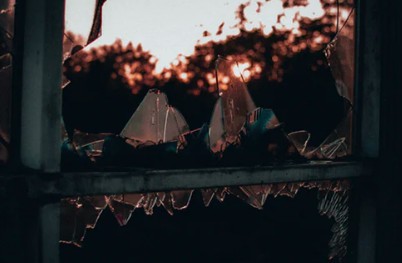
Even though glass is solid (or liquid) in physical form, it can break easily. But do you know the speed at which glass shatters? Interestingly, the cracks of glass move at an incredible speed of about 3000 miles/hour or 4828 kilometers/hour. Compared to that speed of sound in dry air is about just 767 miles/hour.
#5 Tempered Glass

You should already be familiar with tempered glass. This type of glass is also known as toughened glass. Tempered glass is processed differently than normal glass. It is manufactured by applying controlled chemical or thermal treatments compared to normal glass.
Due to this, tempered glass is around 4 times stronger than normal ones. However, keep in mind that it doesn’t mean that tempered glass is unbreakable. Matter of fact, tempered glass can break as well. However, this type of glass is safer than the usual glass. Because of the difference in the manufacturing process, tempered glass will shatter into granular chinks rather than breaking into jagged shards.
As a result, these are less likely to cause injury. For the strength and safety features of tempered glass, it has become a popular type of glass in various applications like screen protectors of mobile phones, windows in vehicles, refrigerator trays, and more.
#6 Optical Fiber

Most of us are familiar with optical fiber. This is used by lots of telecommunications companies around the world. But did you know that optical fibers are made from glass?
Yes, some optical fibers are also made of plastic or polymer. But typically, manufacturers use glass to make optical fiber. Fiber optics can transfer data at a speed of up to 10 Gbps.
#7 Glass in Nature

At the moment, you know that we can manufacture glass from sand. You will just need a very high temperature to produce glass from sand. Due to this, you can see various samples of glass in nature.
Interestingly, glass can form due to many natural phenomena like lightning, volcanic eruption, or even the impact of a meteorite. So, even though humans have been manufacturing glass since 3600 BCE, nature has been making glass from the dawn of times.
#8 Recycling Glass
Recycling glass means to turn waste glass into serviceable or usable products. Interestingly, glass is almost 100 percent recyclable. That means you can recycle a piece of glass without the loss of purity or quality without any limitations.
But it is very risky and not that cost-effective. As a result, most of the countries don’t prioritize recycling glass. However, in some countries, almost all glass containers are manufactured using recycled glass. But all the other countries also should recycle glass as much as possible.
#9 Invention of Glass Windows
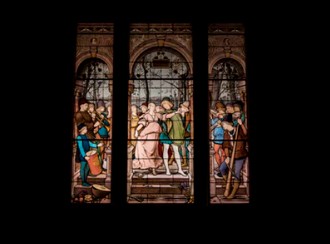
Nowadays, almost everybody uses glass in their windows. However, at a time, glass was very expensive and normal people couldn’t use glass in their home. Since the 1700s, people started to use glass windows in England more commonly.
However, if we go back in history, then we see that it was the Romans that used glass for windows. Archeologists suggest that the technology to incorporate glass on windows was first invented by the Romans in 100 AD.
#10 How Colorful Glasses are Formed

You know that most glass is transparent. However, from where those colorful glasses come from? Interestingly, manufacturers use various metal oxides and sulfides of metals to obtain color in the glass.
Also, you can obtain colorful glass even by adding electrically charged ions to it. The color of the glass depends on the oxide additives, the manufacturer mix with the glass. For example, Cupric Oxide will give a turquoise color; Manganese dioxide will produce a purple color; Cobalt oxide will offer deep-blue color, and Cadmium sulfide will produce a red color.
#11 Bulletproof Glass

All of us have heard of bulletproof glass. They are also known as ballistic glass or transparent armor. This special type of glass is used in various buildings, stores, vehicles, etc. where security is the topmost priority.
This type of glass is made with multiple layers of laminated glass. Here, with multiple types of glass (soft and hard), manufacturers also use different layers of polycarbonates. Laminated glass is a type of safety glass that is not prone to shattering in the event of an impact.
The thickness of bulletproof glass varies from 19-89 mm. The thicker the glass, it will be safer. However, it will also be heavier, which is a drawback of bullet-resistant glass. And, keep in mind that no bulletproof glass is truly indestructible.
#12 The Oldest Glass Factory in the USA

The first glass factory in the USA was established in 1608. It was founded near Jamestown, Virginia. Interestingly, this factory was also the earliest known factory in any English colony in America. Usually, the Germans were brought down there to work in the factory to make glass, sap, pitch, ashes, and tar, etc.
#13 Some Unique Properties of Glass
Glass has some unique properties compared to other materials. We know that it is transparent, clear in appearance, has a smooth surface, erosion-resistant, can transmit light, can refract and reflect light, and more.
Also, it is chemical resistant. Due to this, we see glassware are used in laboratories and hospitals. On top of this, glass is also corrosion-resistant. However, under some particular conditions, glass can dissolve or corrode by reacting with chemicals.
#14 Frosted Glass

Frosted glass is another very useful type of glass. This type of glass is used in manufacturing light bulbs. It is because of the peculiar property of frosted glass. In other words, frosted glass can distribute the light that passes through it evenly across the surface area.
Also, as they can scatter light, you cannot see clearly through the frosted glass as well. The image will be blurred out. However, shadows can pass through frosted glass. For this reason, you might see that frosted glass is used in various doors and windows where both the light and privacy are important.
#15 The Largest Museum of Glass Art
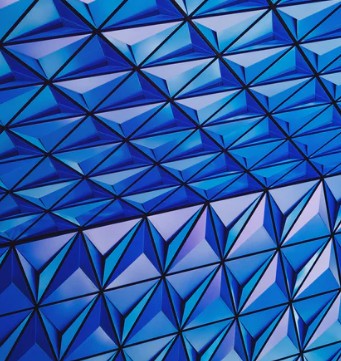
You might be aware that most of the smartphone manufacturers use ‘Corning Gorilla Glass’ on their devices. These glasses are made by Corning Incorporated. This is a company that works primarily with glass. And they have both the experience and rich history regarding glass. As a result, most of the major brands in the world that need glass turn to Corning Inc.
Interestingly, they also have a museum that is dedicated to the science, art, and history of glass. The ‘Corning Museum of Glass’ is known for its collection of over 50, 000 glass objects. In fact, some of these collections are more than 3500 years old. Right now, this is the largest museum dedicated to glass in the world. It was established in 1951.
#16 King Charles VI and Glass
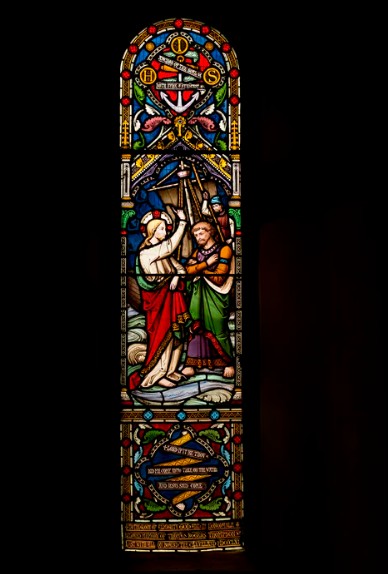
King Charles VI was a ruler of France. His ruling period was from 1380 to 1422. He was also called the ‘Beloved’. But that is not what he is best known for. Matter of fact, he is known for suffering from a strange glass delusion. Yes, you heard it right. The king would think that he was made of glass.
So, he disallowed other peoples to touch him. And, he would wear reinforced clothing to keep himself safe from accidental ‘shattering’. Interestingly, he was not the only one with this type of glass delusion. Many reports were found similar to this in 1500-1700.
#17 Top Glass & Glassware Producing Countries
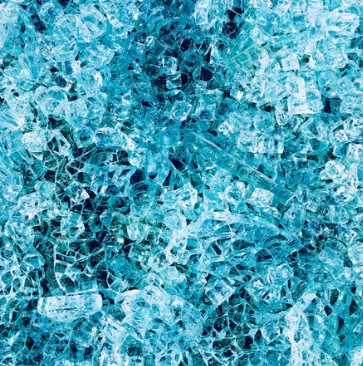
At the moment, China is the biggest producer and exporter of glass and glassware in the world. Yet, they haven’t produced any glass until the 600s. Last year, they have exported glass and glassware worth of about 16.9 billion USD.
The second place goes to Germany, they have exported glass products worth of about 7.7 billion USD. The USA is in 3rd place with earnings of about 5.8 billion USD from exporting glass products last year.
#18 Invention of the Glassblowing
Nowadays, we have high-end technologies and machinery to make glass. However, earlier people would use a special technique to produce glass. This technique was named ‘Glassblowing’. It is reported that this technique was invented by the craftsmen of Syria in 100 BC.
Over time, the glassblowing technique reached Egypt, Venice, and other parts of the world. Matter of fact, this technique is still used in current days for manufacturing semiconductors, fiber optics, and electrochemical cells, etc.
#19 Invention of the First Hollow Glass Container
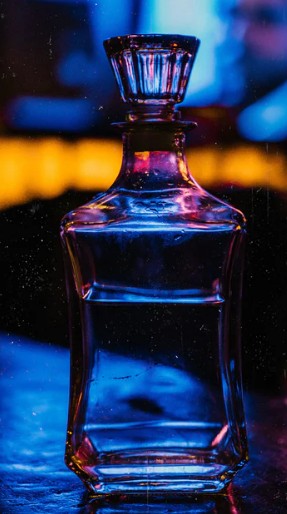
We know that humans have been manufacturing glass from several thousand years ago. However, it was not until 1500 BC, we could manufacture hollow glass containers. In around 1500 BC, craftsmen in Egypt started to manufacture hollow glass containers. These containers were used to store oils and ointments.
#20 Use of Glass in Technology
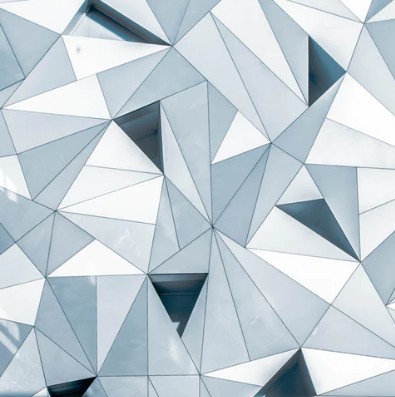
Glass is widely used in the technology field. For instance, glass is used to make fiber optics in telecommunications technology. You will also see that microscopes, telescopes, cameras, lenses, etc. use glass. Added to that, glass is also used in laser printers, optical discs, laser diodes, and even photocopier machines, etc.
#21 Use of Glass in Construction

In modern days, glass has become important building material. Nowadays, we don’t only use glass in windows and doors. But due to the introduction of various new glassmaking technologies like coating, lamination, and double glazing, glass is also used in external or internal walls of buildings.
Also, lots of skyscrapers have been constructed using glass as one of the main building materials. Primarily, only the safety type glass is used in these situations.
#22 Glass Formed by Meteorite Impact
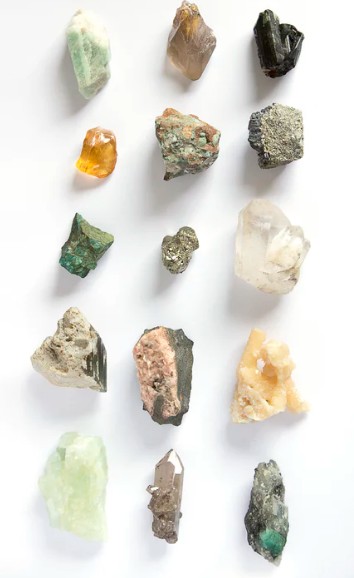
You know that glass can form naturally. Among them, one of the most common examples of naturally occurring glass is ‘Obsidian’. This particular type of glass is formed in volcanoes. However, there is another naturally occurring glass type as well.
And that is known as ‘Impactite Glass’. This type of glass is formed during the impact of meteorites on Earth. ‘Moldavite‘ is a type of such impactite glass known for its unique green color. This type of silica projectile rock is found in central and eastern Europe.
It is believed that these formed about 15 million years ago after a meteorite hit the southern German region. The ‘Libyan desert glass’ is also another great example of impactite glass. It is found in the eastern Sahara desert and many other deserts of Syria and Egypt.
#23 Glass Used by the Ancient Humans
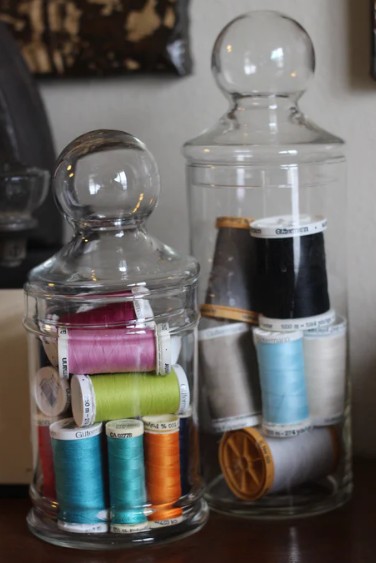
Glassmaking is an ancient art. Matter of fact, people have been making glass for about 6000 years now. It is reported that the first (true synthetic) glass was made somewhere in Lebanon, Syria, or ancient Egypt. However, as glass also occurs naturally, people from ancient times used those naturally occurring glasses for their day to day activities.
One of the notable examples of this is the obsidian glass. This type of glass has been used by people even in the Stone Age. They used obsidian glass as weapons or cutting tools. Because it could be cracked with very sharp edges.
#24 Origin of The Term Glass
The word ‘Glass’ came from the late-Latin word ‘Glesum‘. It means a transparent yet lustrous object. At first, the Roman Empire actually manufactured glass. And, that time the glassmaking center of the Romans was in the city named ‘Trier’.
Right now, the city is located in Germany. And, it is thought that the word glass might have evolved from this region. As a result, it is thought that the word ‘Glesum’ actually originated from a Germanic word.
#25 Time Takes to Decompose Glass
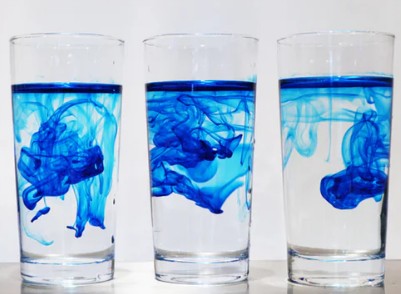
Glass is one of the most sustainable materials on Earth. For instance, archeologists have found glass made objects even from about 6000 years ago. However, that has nothing compared to the time it takes to decompose glass.
Interestingly, glass requires around 1 million years to decompose completely. As a result, glass is actually not that eco-friendly compared to other materials. That means all the countries in the world should emphasize on recycling glass.
Summing it Up Amazing Facts about Glass
Humans have been manufacturing and using glass for thousands of years. Right now, it has become one of the most commonly used materials in our day to day life. Wherever you go you will find glasses.
Matter of fact, the device you are using to read this post on has a screen made of glass. So, you know how important glass has become in our life. Due to this, we have tried to share 25 little-known facts about glass in this post.
We hope you have liked it. And, if you have enjoyed this post about glass, you will surely love the post regarding facts about Aluminum on our blog. You can give it a read. And, don’t forget to leave your comment in the comment section below!
